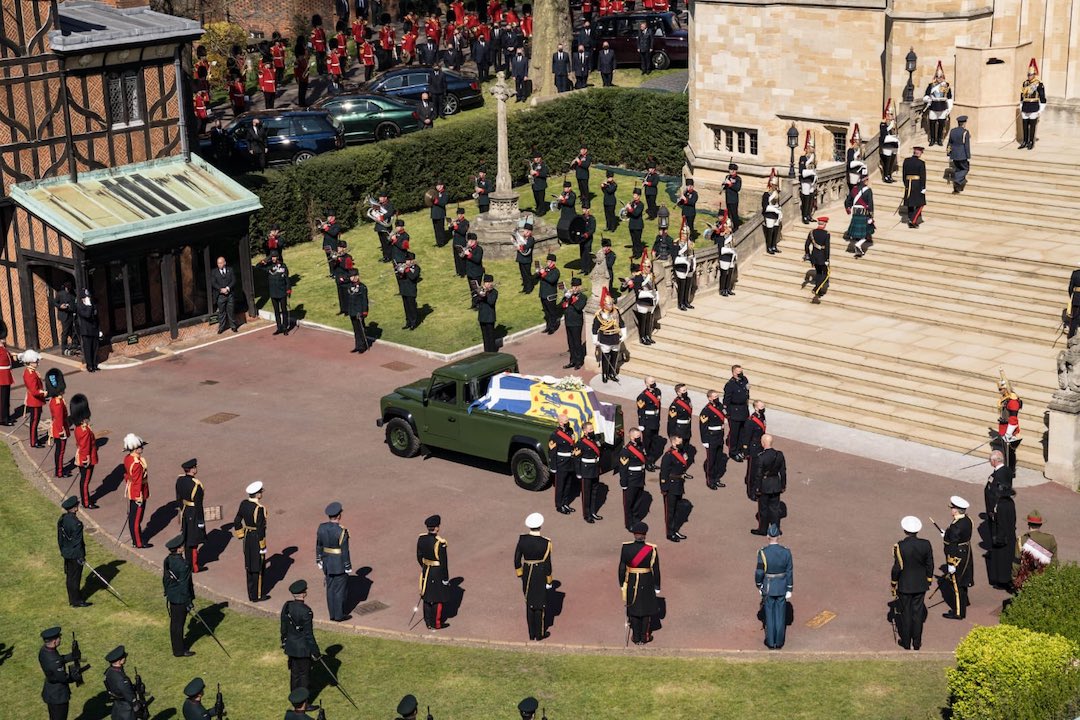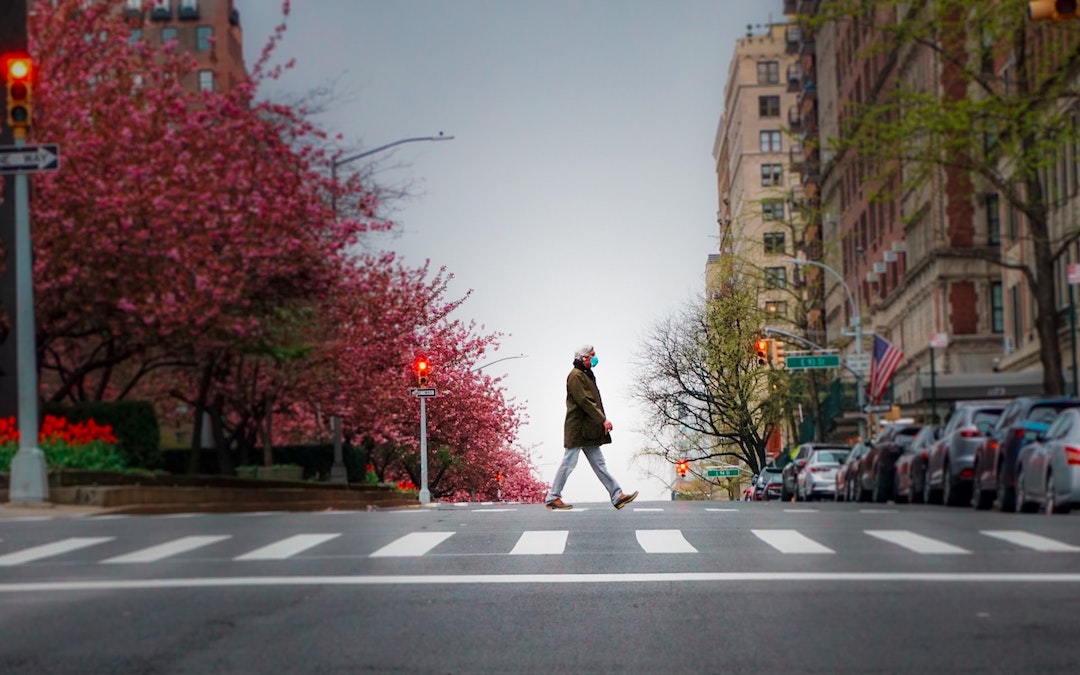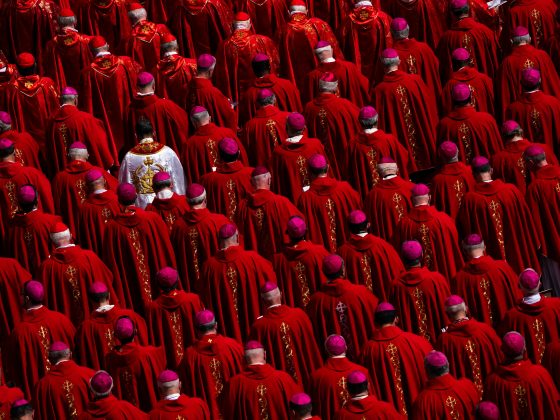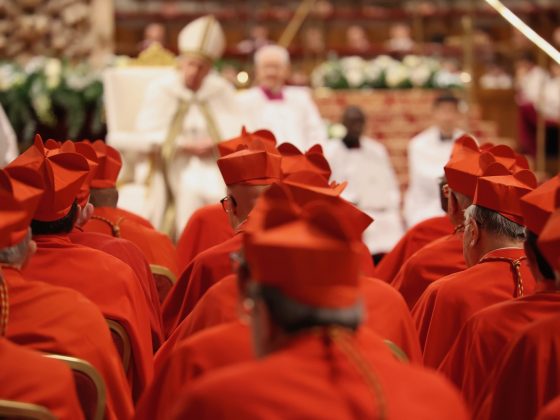The ceremonial funeral of Prince Philip, the Duke of Edinburgh, will take place on Saturday April 17 in the chapel at Windsor Castle. But in a break from ceremony – a final quirky flourish from a characterful member of the royal family – the prince’s coffin will be transported to the castle chapel by a bespoke Land Rover Defender TD5 130, partially designed by the duke himself.
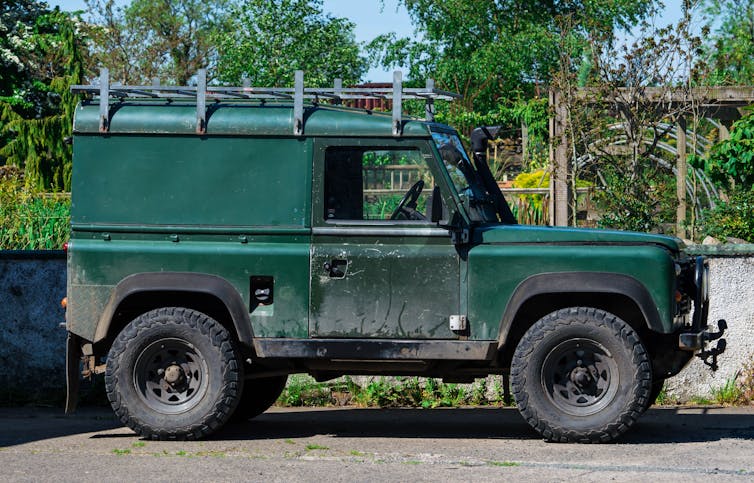
Michael J P/Shutterstock
The specially-built hearse has been in the works at Land Rover’s Solihull factory since 2003, when the duke first approached Jaguar Land Rover with the idea. Eighteen years later, the vehicle is ready to fulfil its intended function – albeit on a brief drive from the castle’s state entrance to the chapel, with the pandemic having altered original plans for the hearse to be driven to the castle from London.
The Defender itself has always been designed for functionality. From conflict zones to humanitarian disasters, far-flung research projects to domestic farmsteads, Land Rover’s most recognisable vehicle has touched most corners of the world. Because it was designed to operate in all terrains and all weathers, the “very British SUV” has come to represent a vision of an industrious, intrepid Britain – though its worldwide use also highlights Britain’s legacy of war and colonialism.
A far cry from the sleek beauty of the Jaguar E-type that Prince Harry and Meghan Markle drove to their wedding reception in 2018, the Land Rover Defender is a stubbornly utilitarian vehicle. Commentators believe it symbolises Prince Philip’s passion for engineering and practicality – but it’s also a vehicle that belongs to the same era, possessing something of the same aura, as the departing duke.
Fit for a prince
The duke saw to it that his funeral hearse would bear several features of his own choosing. Most significantly, he reportedly designed the Defender’s open top rear section, including the rubber and silver fittings that will secure his coffin on its journey to St George’s Chapel.
Nods to the military also feature: on the duke’s behest, the livery has been changed from the original Belize Green to Dark Bronze Green – the shade of green used by the military. Other details, such as the matching green hubs and black front grille, give the Defender a further stripped-back, martial quality.
The last royal funeral was held for the Queen Mother back in 2002, during which a more familiar horse-drawn hearse transported her coffin. So the duke’s funeral will certainly be distinctive, swapping hooves for off-road tyres, and mourning black for military green.
An iconic design
The vehicle is also deeply iconic. First launched in 1947, the Land Rover – later renamed the Land Rover Defender – was a product of need and opportunity. At the time, the car manufacturer Rover took inspiration from Jeep to build a functional off-road vehicle that would make use of the excess aluminium, which had been used for aircraft bodywork, left over after the second world war.
It may have been intended as a production stop-gap, but the Defender’s designs, which have been kept very honest and simple throughout its long production life, now carry a certain mythology among automobile fans.
The Defender’s continued presence in agriculture, construction and the military is a testament to its long-lived durability and adaptability, which has been exploited across the decades by explorers, researchers, labourers – and dukes.
That adaptability is largely due to the simplicity of the vehicle’s design, which followed the design ethos “form flows function” long before it became fashionable. As such, parts and modifications can be swapped in and out across basic horizontal and vertical axes with relative ease.
The overall aesthetics clearly respond to the materials at hand. The exposed hinges, flat glass, upright grille, and off-the-shelf components all communicate the Defender’s inherently utilitarian origins. It all comes together in a form that can be easily sketched with very few lines. For us designers, that’s a sign of truly great design.
Fond farewell
Historically, the Defender defined an era shaped by analogue needs, like lumber transport or mountain rescue. But we’re moving into a future that calls for digital designs and eco-friendly vehicles, and so the automobile market now requires a different type of functionality, achieved through very different specifications.
The modified Defender that will carry the duke’s coffin speaks once again to the vehicle’s original, purposeful design. Its spartan simplicity and modest livery will allow the focus to be on the occasion.
Both the vehicle and the man it was designed to carry are unashamedly British icons. They both have a globe-trotting history, military affiliations, and a reputation for no-nonsense practicality. But it may also be the case that the duke’s Land Rover hearse ultimately represents an epoch and a Britain that is slipping away into the past – warranting a moment of reflection on the history of motoring and the achievements of the monarchy.![]()
Aamer Mahmud, Associate Professor in Automotive Design, Coventry University
This article is republished from The Conversation under a Creative Commons license. Read the original article.
